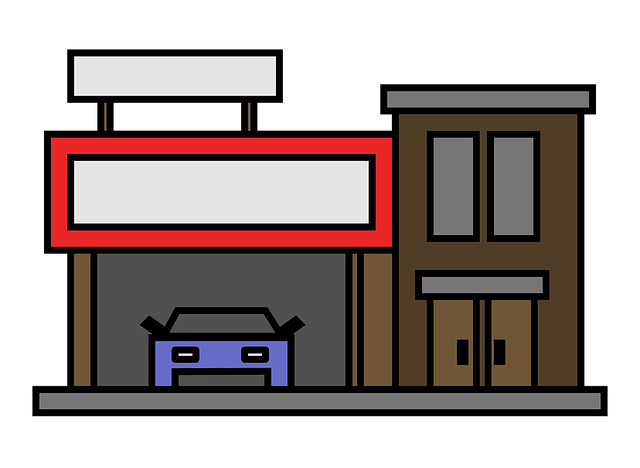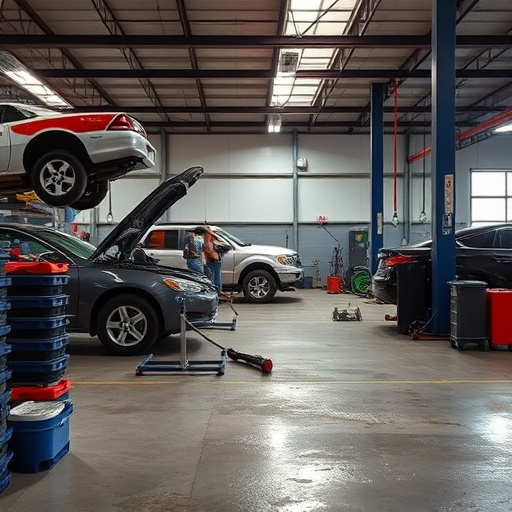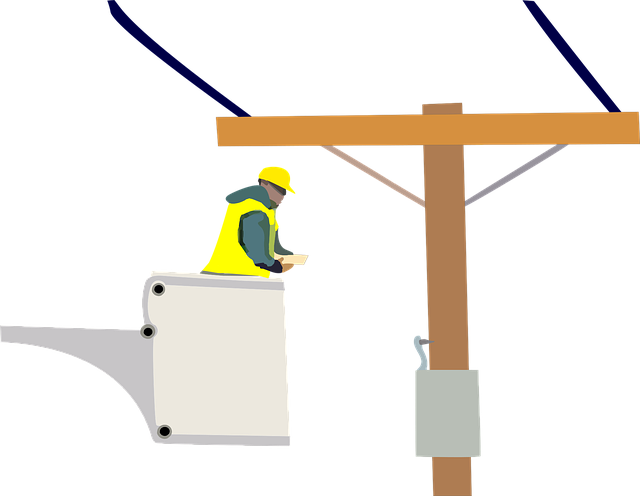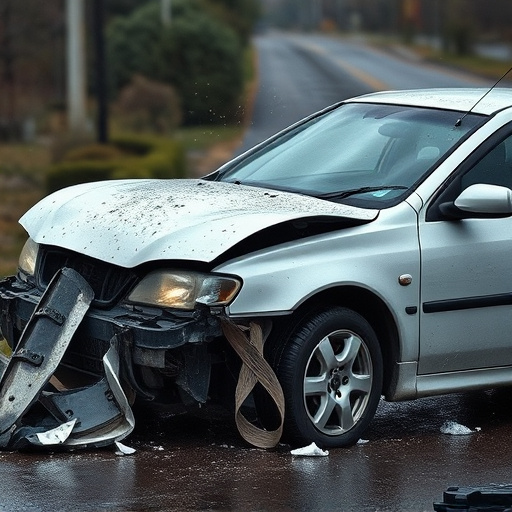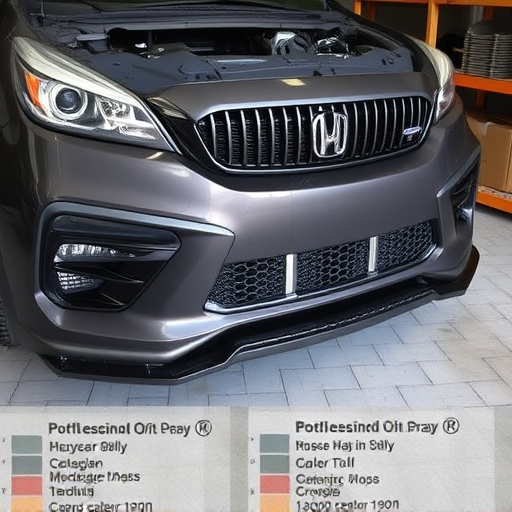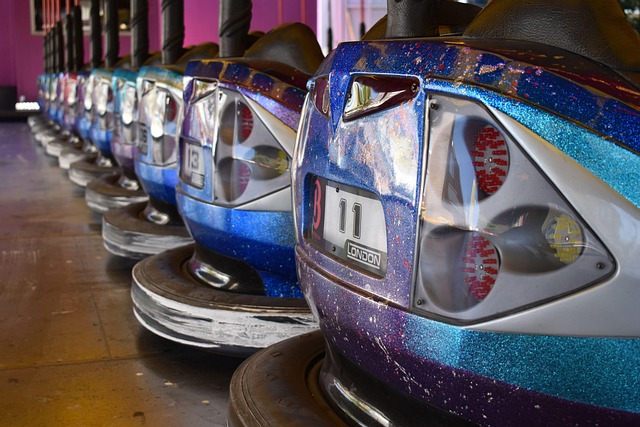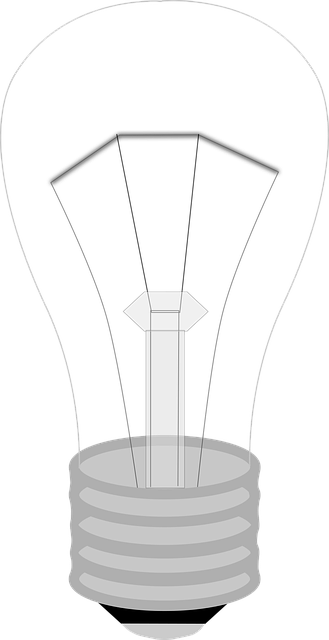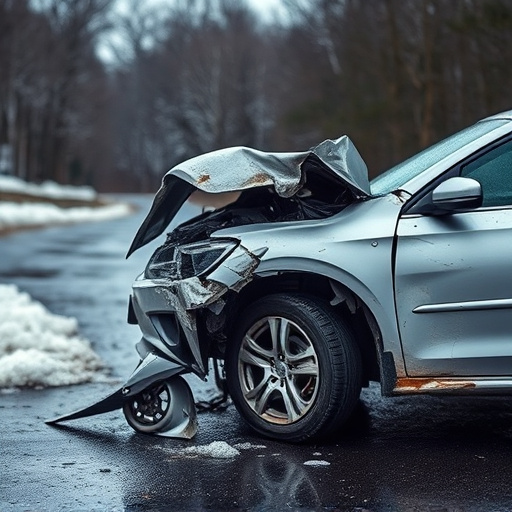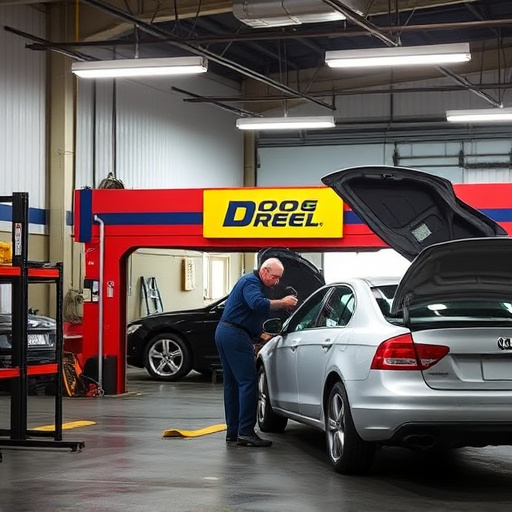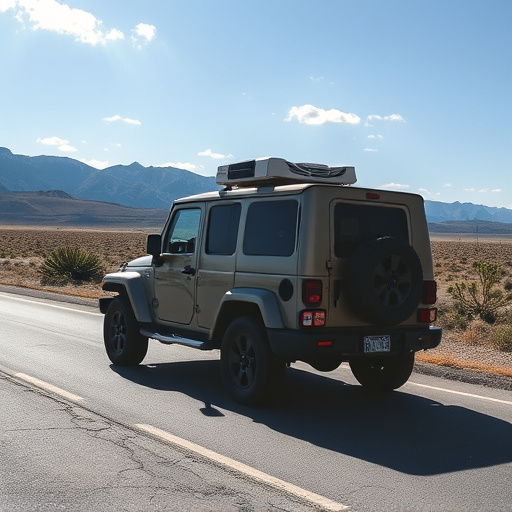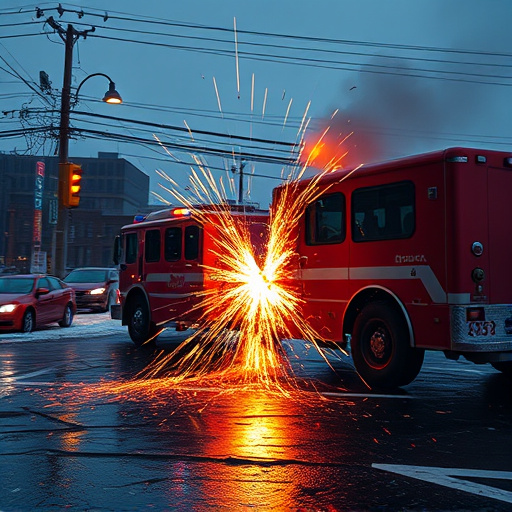Using a Tesla loaner car during repairs can significantly impact insurance claims due to higher repair costs and specialized restoration processes unique to Teslas. Insurers may apply different criteria for company-owned loaner vehicles, affecting depreciation rates and claim outcomes. Tesla owners should review their policies, communicate with insurers, maintain detailed records, and have repairs done by certified shops to ensure proper coverage and avoid financial vulnerabilities during the repair process.
“When a Tesla owner needs repairs, they often receive a loaner vehicle as a temporary replacement. While convenient, this practice may have unforeseen implications on insurance claims in the event of an accident. This article delves into the complexities of using Tesla loaners during repairs and their potential impact on insurance coverage. From understanding the dynamics of loaner vehicles to navigating insurance intricacies and offering tips for owners, we explore ways to mitigate risks and ensure comprehensive protection after repairs.”
- Understanding Tesla Loaner Vehicles and Their Impact on Insurance Claims
- Navigating Insurance Complexities When Using a Loaner During Repair
- Mitigating Risks: Tips for Owners to Ensure Comprehensive Coverage After Repairs
Understanding Tesla Loaner Vehicles and Their Impact on Insurance Claims

Tesla loaner vehicles during repair can significantly impact insurance claims for a few key reasons. When a Tesla owner’s car is under repair, they are often provided with a company-owned loaner vehicle as a substitute. While this ensures continuity of mobility, it introduces complexities to future insurance claims if an accident occurs while the loaner is in use. The unique features and advanced technology found in Teslas can lead to higher repair costs compared to traditional vehicles, which may result in more substantial insurance adjustments.
Understanding that these loaner vehicles are not owned by the policyholder, insurers might apply different assessment criteria during claims processing. This could involve considering factors such as depreciation rates specific to Tesla models or specialized auto body restoration processes required for their unique design elements. Therefore, it’s crucial for Tesla owners to be aware of how a loaner vehicle during repair may affect their insurance coverage and claim outcomes, especially in the event of an accident.
Navigating Insurance Complexities When Using a Loaner During Repair

When a Tesla owner needs their vehicle repaired, they often receive a loaner car from the dealership while their own is being serviced. While this is a convenient solution, it can introduce complexities when it comes to insurance claims in the event of an accident. Insurers may have specific requirements and policies regarding loaner cars, which could impact the coverage for any damage incurred during a collision.
It’s crucial to understand that using a Tesla loaner during repair might be treated differently than your personal vehicle, especially if you’re covered by comprehensive or collision insurance. Some insurers may not recognize the loaner as a primary vehicle, leading to potential gaps in coverage. In such cases, drivers should carefully review their policy details and communicate with their insurance provider before taking the loaner for test drives or daily commutes, ensuring that any accidents won’t leave them financially vulnerable.
Mitigating Risks: Tips for Owners to Ensure Comprehensive Coverage After Repairs
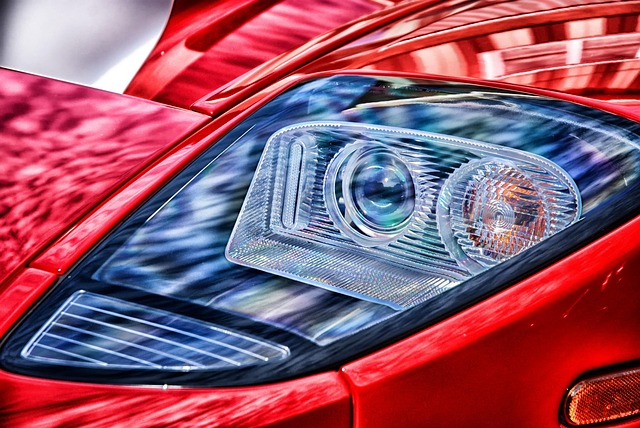
When a Tesla owner needs repairs, they often receive a loaner vehicle from the dealership during the process. While this is a convenient service, it’s important to understand how it might impact your insurance coverage in case of an accident. To mitigate risks and ensure comprehensive protection, owners should take proactive steps.
First, review your insurance policy thoroughly to comprehend what’s covered during and after repairs. Communicate with your insurer about the loaner car and clarify expectations regarding liability and compensation for potential damages. Additionally, maintain detailed records of all communication and documents related to both the repair process and the use of the loaner vehicle. This includes rental agreements, mileage readings, and any evidence of maintenance or modifications made to the loaner during your possession. Lastly, ensure that all repairs are performed by certified auto body repair shops and that the car is restored to its pre-accident condition to avoid gaps in coverage or disputes with insurance claims.
When a Tesla vehicle requires repairs, utilizing the brand’s loaner program seems like a convenient solution. However, owners should be aware that these loaners can introduce complexities into insurance claims, especially in the event of an accident. Understanding the potential impact on your coverage is crucial to ensure you’re protected. By navigating the insurance intricacies and following tips to mitigate risks, Tesla owners can maintain comprehensive protection throughout the repair process, ensuring peace of mind behind the wheel.
